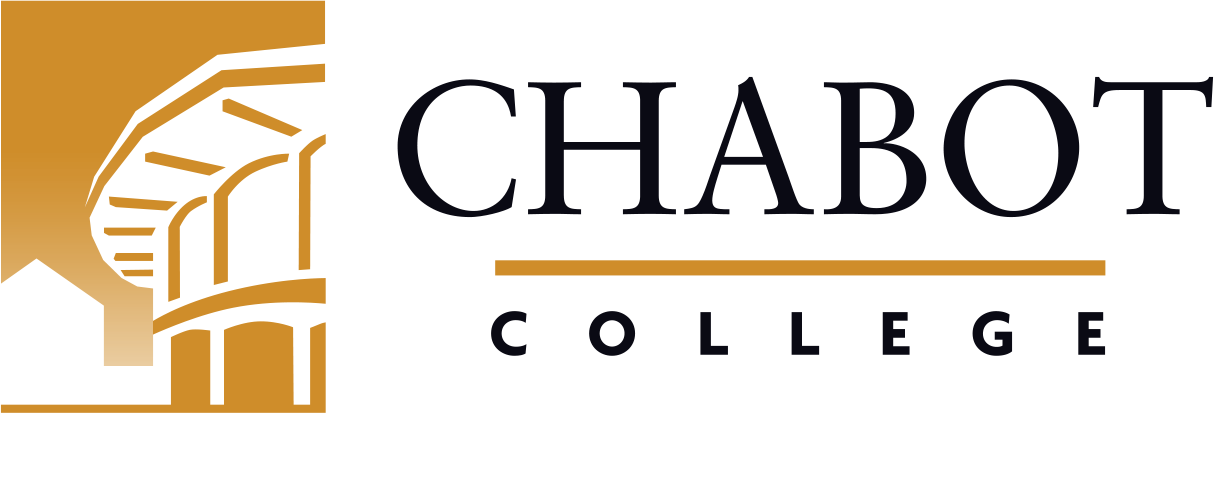
Course Outline for Dental Hygiene 52B
Advanced Periodontics
Effective: Fall 2022
SLO Rev: 03/27/2021
SLO Rev: 03/27/2021
Catalog Description:
DHYG 52B - Advanced Periodontics
1.00 Units
DHYG52B is a continuation of DHYG52A. Research-based comprehensive periodontal therapy. Focus on systemic diseases and their relationship to periodontal disease and adjunct periodontal treatment modalities through the use of evidence-based research and case studies.
Prerequisite: DHYG 52A.
1240.20 - Dental Hygienist*
Letter Grade Only
| Type | Units | Inside of Class Hours | Outside of Class Hours | Total Student Learning Hours |
|---|---|---|---|---|
| Lecture | 1.00 | 18.00 | 36.00 | 54.00 |
| Total | 1.00 | 18.00 | 36.00 | 54.00 |
Measurable Objectives:
Upon completion of this course, the student should be able to:
- describe systemic factors that influence dental hygiene care;
- describe the types of implant diseases, implant maintenance therapy and patient education;
- indicate the role of occlusal concepts in periodontal disease including trauma from occlusion;
- compare non-surgical periodontal treatment methodologies with laser therapy;
- describe conditions that require consultation with a patient's physician;
- describe changes in oral tissues observed with the following systemic diseases and conditions:
a. endocrine disturbances and abnormalities
b. autoimmune diseases
c. pulmonary disorders
d. infectious diseases
e. neurological disorders
f. addictions
g. cancer - list modifications needed to best treat clients with systemic conditions;
- identify uses of adjunct treatment modalities for treatment of periodontal disease;
- describe the benefits/risks of using alternative therapies;
- utilize evidence-based research to support the use of adjunct treatment modalities.
Course Content:
1.Role of systemic disease in periodontitis
A. Systemic factors that influence dental hygiene care
B. Changes in oral tissues related to systemic conditions
C. Treatment modificaitons related to systemic conditions
2.Cardiovascular disease and blood dyscrasias
A. Risk factors associated with cardiovascular conditions
B. Impact of cardiovascular disease on the oral cavity
C. Oral sugns and synptoms of major blood disorder types
D. Treatment modifications for patients with cardiovascular disease or blood disorders
3.Autoimmune disorders
A. Risk factors associated with autoimmune disorders
B. Impact of autoimmune disorders on the oral cavity
C. Treatment modifactions for patients with autoimmune disorders
4.Endocrine disturbances/abnormalities
A. Risk factors associated with endocrine disorders
B. Impact of endocrine disorders on the oral cavity
C. Treatment modifications for patients with endocrine disorders
5.Infectious diseases
A. Risk factors associated with infectious disease
B. Impact of infectious disease on the oral cavity
C. Treatment modifications for patients with infectious disease
6.Cancer
A. Risk factors associated with cancer
B. Impact of cancer on the oral cavity
C. Treatment modifications for patients with cancer
7.Pulmonary disorders
A. Risk factors associated with pulmonary disorders
B. Impact of pulmonary disorders on the oral cavity
C. Treatment modifications for patients with pulmonary disorders
8.Neurological disorders
A. Risk factors associated with neurological disorders
B. Impact of neurological disorders on the oral cavity
C. Treatment modifications for patients with neurological disorders
9.Addictions
A. Risk factors asociated with addiction
B. Impact of addiction on the oral cavity
C. Treatment modifications for patients with addiction
10. Alternative Periodontal Therapies
A. Indications for use of control release periodontal therapy
B. Indications for use of systemic alternative periodontal therapy
11.Implant therapy and periodontal conditions
A. Contraindications for implant placement
B. Periodontal maintenance of dental implants
C. Types of dental implants
12.Occlusal concepts and occlusal trauma in periodontal therapy
A. Types of temporal mandibular disorders
B. Treatment recommendations for patients with temporal mandibular joint disorders
13.The role of lasers in periodontal therapy
A. Types of lasers used in periodontal therapy
B. Laser safety
Methods of Instruction:
- Case studies
- Class Participation
- Lectures
- Presentation of audio-visual materials
- Distance Education
Assignments and Methods of Evaluating Student Progress:
- Write a research based Case Study related to a patient with an assigned medical condition
- Write a literature review on a topic related to laser use in providing dental hygiene care
- Summarize and post a research article related to chapter topics on discussion board, and comment on fellow student posts
- Complete online CE Courses through DentalCare.com on chapter related topics
- Complete chapter related worksheets
- Quizzes
- Midterm Examination
- Final Examination
- Class Participation
Upon the completion of this course, the student should be able to:
- describe systemic conditions and related treatment modifications required for patient care;
- identify and discuss changes in oral tissue related to: endocrine disorders, autoimmune disease, pulmonary disorders, neurological disorders, infectious diseases, addictions and cancer;
- discuss implant maintenance, periodontal evaluation and patient education;
- identify and discuss the use of lasers in the provision of dental hygiene care;
- discuss and identify disorders related to the temporomandibular joint and occlusion.
Textbooks (Typical):
- Boyd, L. D., Mallonee, L. F., & Wyche, C. J. (2021). Wilkins' Clinical Practice of the Dental Hygienist (13th). Jones & Bartlett Learning.
- Gehrig, J. S., Shin, D. E., & Willmann, D. E (2019). Foundations of Periodontics for the Dental Hygienist (5th). Jones & Bartlett Learning.
Abbreviated Class Schedule Description:
DHYG52B is a continuation of DHYG52A. Research-based comprehensive periodontal therapy. Focus on systemic diseases and their relationship to periodontal disease and adjunct periodontal treatment modalities through the use of evidence-based research and case studies.
Prerequisite: DHYG 52A.